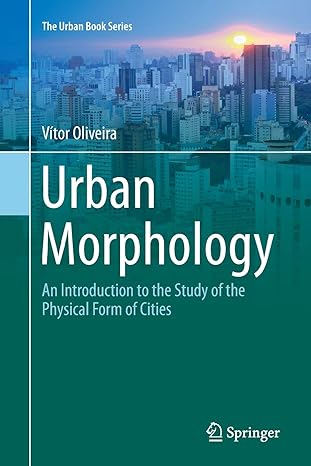Exercise 4.1Our Common Heritage This exercise aims at exploring the diversity of Humankinds built heritageone of the
Question:
Exercise 4.1—Our Common Heritage This exercise aims at exploring the diversity of Humankind’s built heritage—one of the main messages of the book. It benefits from the remarkable UNESCO website, particularly its section devoted to the World Heritage List (https://whc.unesco.org/
en/list/) including open-access material. The website gathers more than 1100 sites in 165 countries. Based on the educator’s presentation of the website, making evident the richness of the information gathered, ‘Our common heritage’ should be developed as a homework exercise.
The student should visit the website and, within the category ‘cultural site’, select one site. The site, located in any of the 165 countries, should correspond to one city or part of a city (including archaeological ruins) and not to one singular building or complex of buildings (monuments). The analysis of each site/city should address the historical (the most important time periods) and geographical framework of the city;
the overall urban form (including city walls), streets (and squares), street blocks and plots, and singular (non-residential) and basic buildings (mainly residential buildings).
Each student should prepare a brief PowerPoint presentation to be presented in the classroom (5–10 minutes, 10 slides maximum). The student should use text and images (drawings and photographs), or any means that he thinks is adequate.
Step by Step Answer:

Urban Morphology An Introduction To The Study Of The Physical Form Of Cities
ISBN: 287081
2nd Edition
Authors: Vitor Oliveira






